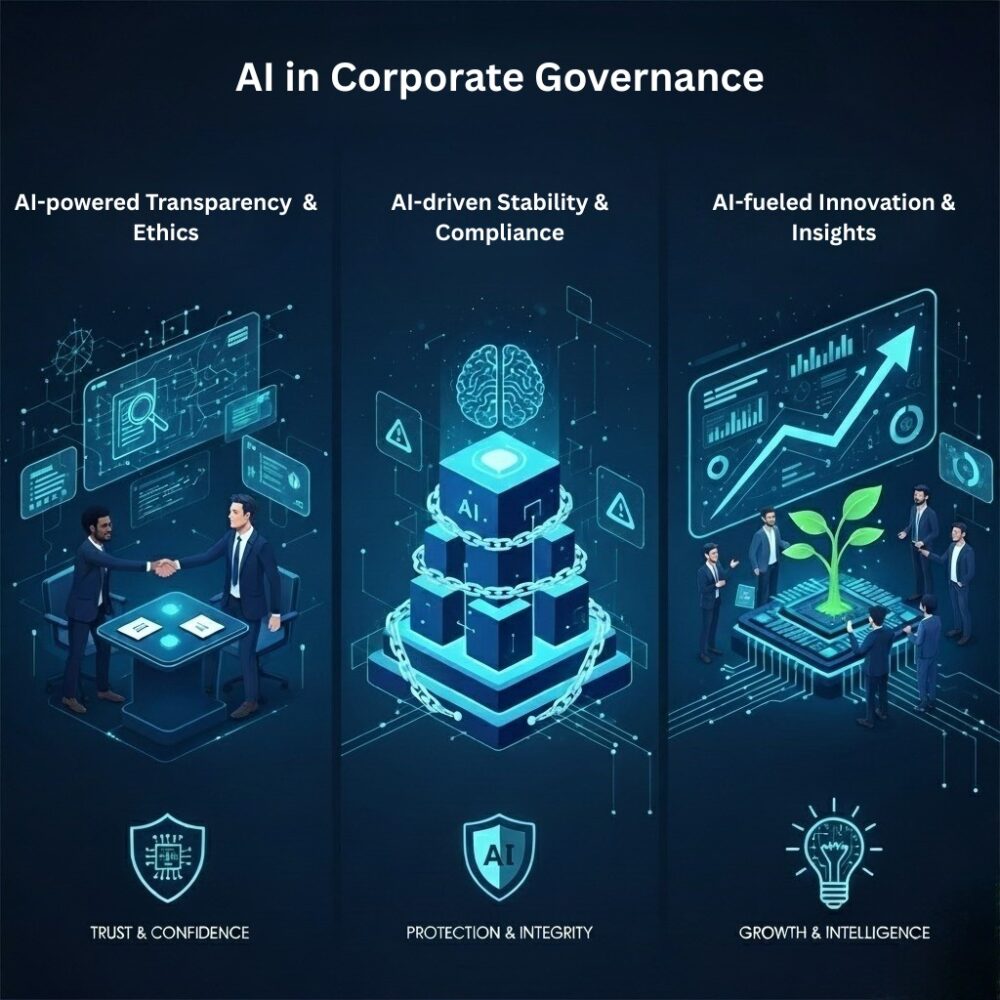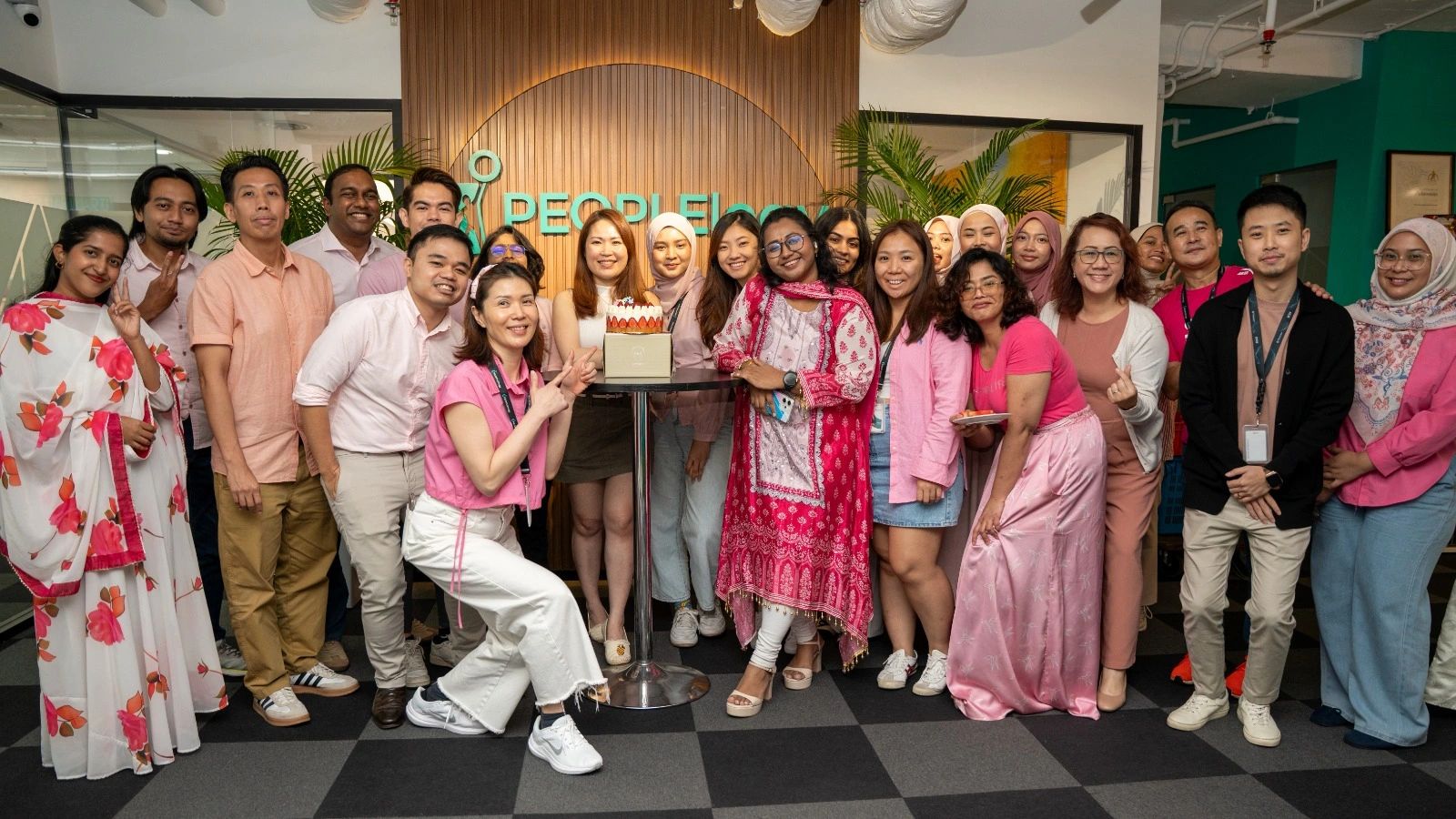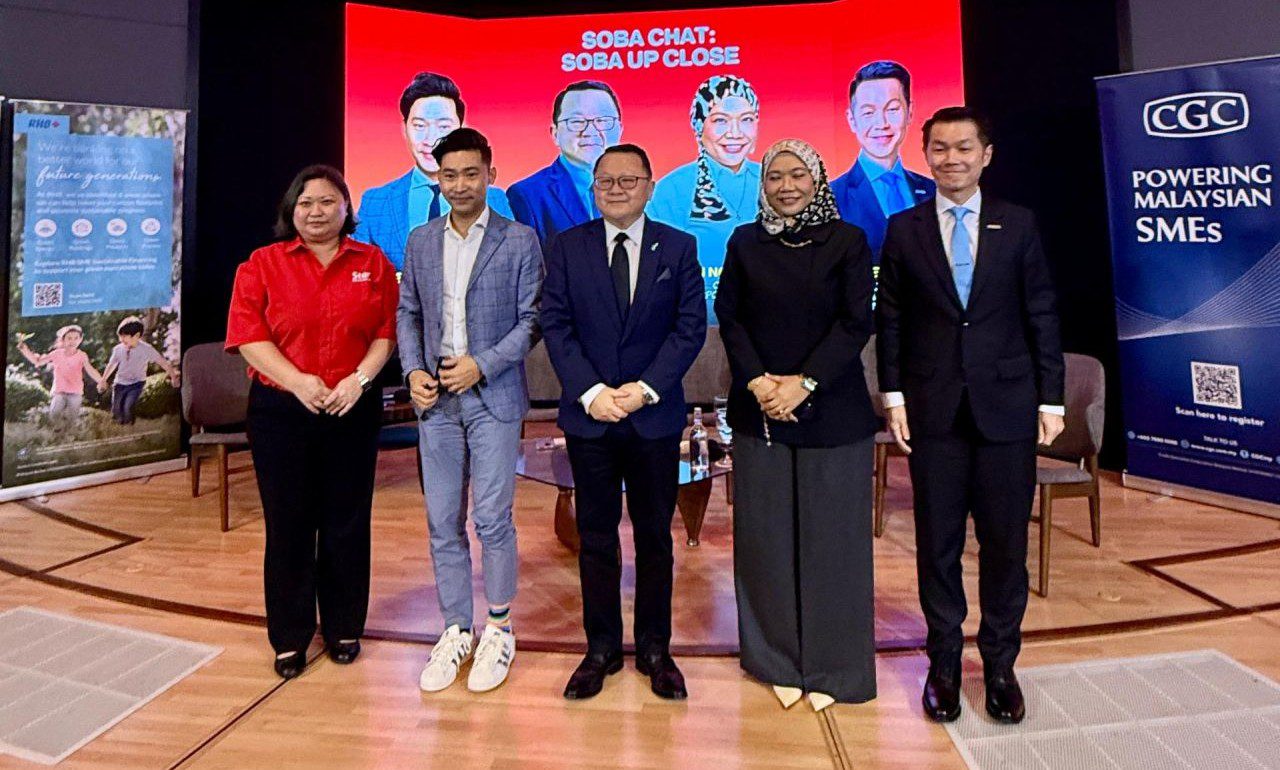By Magnus Belaun
In France, the statue of Marianne which overlooks the Place de la Nation in Paris has the following phrase carved onto it: liberte, egalite, fraternite. In English, this stands for freedom, equality, fraternity. The core of this motto is that everybody is a partner in building the sort of free and fair society that everyone would like to live in.
This statue, which was made in 1899 by Jules Dalou, serves as a reminder that the desire for social responsibility and justice isn’t new and has been a centuries-long struggle. Today, labour rights and gender equality to name a few are among the most pressing social matters. Gender disparities in employment and safe working environments are some commonly highlighted symptoms of this issue. Now let’s examine these issues in step.
Issues and Impacts
All across the world, there is a gender disparity in the employment rates between men and women. Focusing particularly within ASEAN, according to datafrom the International Labour Organisation (ILO), even in countries where this disparity is the smallest, it is still as high as 100 000 workers.
Between men and women, it is the latter that is usually more likely to leave the workforce even if for a short period. Common reasonscited by women for doing so include uncooperative working environments, lack of flexibility at the workplace, and unclear prospects for career progression.
Simply put, the contemporary workplace just isn’t made to be an inclusive environment. The result is that more women would feel tempted to drop out of the workforce early and this loss of talent will negatively impact both society and the wider economy.
In fact, a study conducted by Citigroup in 2015 showed that the GDP of OECD countries could be increased up to 12% by 2030 just through the act of bringing the female employment rate on par with that of the men. Not only that, there are sectors within the economy that are primarily propped up by women that would face constraints if the individuals that hold them together were no longer there to do so. For example, education, healthcare, and childcare.

In addition to gender disparities, labour rights are another issue that cannot be ignored. Labour rights can be roughly defined as legal and human rights relating to labour relations between workers and employers. It covers matters such as fair wages, safe working conditions, and non-discriminatory practices.
As it stands, Asia, which is colloquially known as the manufacturing hub of the world, is very susceptible to issues and crises arising from labour rights. This is due to the number of labour-intensive manufacturing that the region is involved in.
To illustrate, Bangladesh is currently the world’s second largest garment exporter with many well-known brands having their apparel produced in the country such as Nike, Adidas, and Walmart. While this has definitely created plenty of job opportunities for the locals, the conditions in which they were working were far from ideal. For instance, in 2012 the Tazreen garment factory in the capital city of Dhaka caught fire and resulted in the deaths or injury of more than 300 individuals.
Upon further investigation, the fire was due to exposed electrical wiring while the high casualty rate is the result of inadequate fire exits causing workers to be trapped inside the building. As we can see, this is a serious matter because human lives are at stake. With Southeast Asia expected to become the next global hub for manufacturing, those of us who call the region home should have even more incentive to be wary about this matter as it can adversely impact on our reputation and by extension business opportunities with the wider world.
As a society, we cannot simply turn a blind eye to these issues, especially with the lives and wellbeing of our fellow humans at stake. For instance, in regard to the matter of gender gaps in employment, women are now even more at risk of losing their jobs due to the rise of artificial intelligence (AI). While some may argue that this is just the cycle of development and revolution in the sense that it is normal for certain roles to be rendered obsolete as technology develops, it is still a loss in manpower for the economy.
In fact, there is even data that shows how reducing the gender gap in Malaysia’s labour force participation rate could increase the country’s per capita income by 26.2% or RM10,581.35. Economics aside, there are also more personal ramifications for women who are facing unemployment. Namely, denial of access to social protection mechanisms such as health insurance, maternity benefits, and pensions schemes; benefits of which are usually only accessible to those with stable employment.

If these types of services are unavailable to an individual, it could put unnecessary strain on them and their families, which could adversely affect personal well-being, which potentially can trickle down to the larger community.
Circling back to labour rights, it should not be that difficult to see that the backbone of any economy is the average worker. In light of this, it is only right that the average employee be put to work in conditions that are conducive to both their daily jobs and personal wellbeing. If not from a desire to take care of one’s own workforce, this at least should come out of respect for these employees as human beings.
Should those in authority fail to do so the result would be an unproductive and disgruntled workforce. Over time, this could lead to civil unrest as seen in nations such as Liberia and Italy which can lead to other social issues thus making an already horrible situation even worse.
How is AI Being Involved?
Throughout the world, numerous ideas have been implemented to help organisations reduce the workforce gender gap and artificial intelligence has managed contributed significantly in this endeavour. Many of the world’s leading organisations have successfully implemented artificial intelligence within their HR activities in which the results have been nothing less than positive.
One example is from Unilever whereby using a tool called HireVue, they succeeded in increasing their diversity hire rate by 16% while at the same time saving up to USD1.3 million in hiring costs. Another real-world example is with an AI tool called textio. Co-op, a British based supermarket chain, using textio, managed to receive 33% more applications overall, with applications from women increasing by 8%, and 17% more quality candidates.

Even within the realm of labour rights, we can count on receiving some digital assistance. Maersk, one of the world’s largest shipping companies, uses a tool called Altana Atlas to help them screen their entire supply chain for human rights violations such as forced labour. Another AI based tool is from a company called Exiger. Their AI based solution helps organisations monitor the credibility of potential vendors and flags them for risk if found to have a history of violating the law.

Some companies that are currently using Exiger include major names such as Adidas, Nissan, and Qantas. If anything, the patronage of such esteemed organisations like these should be a strong indicator of the credibility that these tools have for widespread use within the business world. In fact, the monetary benefits are also immense. For instance, these tools have helped to save costs in the millions through making certain processes faster and safer.
AI and Society – Equity and Justice For All
Lastly, in the words of Mahatma Gandhi, “be the change that you want to see in the world”. Change does not happen overnight and can only happen when we care enough. The journey of making the world a better and more equitable place for our fellow humans is not an easy task but as long as there are those who will not give up it is most definitely not an impossible goal; with the aid of cutting-edge technology like AI, we are most definitely getting closer to that future.





